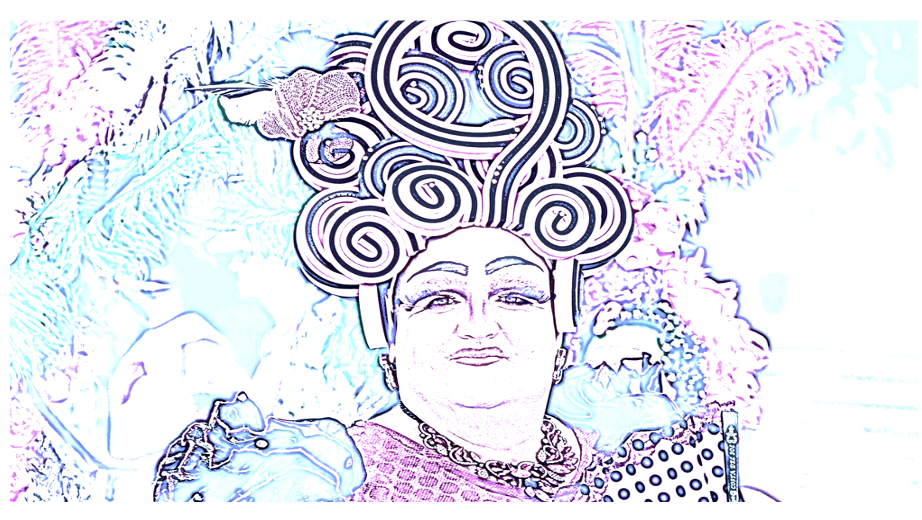The war on drag is like the war on drugs. It is a wedge issue that riles some folks up, while hurting the vulnerable. But most Americans have a live-and-let-live attitude. As long as no one is violating my freedom, why should I care if others dress in drag?
The commotion over drag is oddly melodramatic. And drag is often a campy kind of schtick. The villain in the current comedy appears as a mustache-twirling baddy, tying a drag queen to the railroad tracks. This would be funny, if it weren’t the tip of an authoritarian iceberg of homophobia.
Now, I don’t find drag entertaining. But I don’t go to strip clubs, either. I find cos-play mostly ridiculous, whether it is the moaning and groaning of pornography, or the fancy feathers of drag. The same goes for folks who dress up like superheroes for “Comic con.” That’s not my cup of tea.
But if cos-play is fun for you, why should anyone stop you? And in a sense, most of life is cos-play. We cut and shave our hair. We put braces on crooked teeth. We dress up for work and for family photos.
And every spring, college professors put on robes and silly hats for the graduation parade. That’s also a kind of campy performance art. I don’t like it very much. But every year, I don my goofy hat and play along. And if someone wants to wear a wig and a dress for a drag parade, who am I to judge?
I understand the worry of the drag critics who are concerned that kids in our culture are exposed to unhealthy ideas about sex, love, and standards of beauty. But in this regard, pornography is more dangerous than drag, since drag announces itself as parody, while porn does not. And in a free country, bans and prohibitions seem, well, un-American.
Education about love, sex, and beauty is a better solution. We need to promote healthy, loving sexual relationships, and realistic standards of beauty. And we should celebrate virtues like honesty and authenticity.
But authenticity is a tricky thing when it comes to gender and beauty. Drag makes fun of authenticity. When a drag queen dresses up like a buxom bleach-blond woman with fake eyelashes and ruby red lips, it makes you wonder about the authenticity of women with breast implants, fake eyelashes, and ruby red lipstick.
Drag exposes gender as an external performance. It reduces femininity to hair, breasts, and clothing. But those superficial externalities hide the authentic human person, who exists in a world of spirit that is distinct from the body.
And yet we might well wonder whether there really is an authentic self beneath the wigs and the clothes? Christians claim that we are made in the image of God. And the existentialists encourage us to become our authentic self. But what then should we do about our crooked teeth, and those hairs growing in weird places? Can we fix up our broken, fragile bodies? Or must we accept the body as given, warts and all?
These are the deeper conversations prompted by the drag war. What is the true self? What is the difference between artifice and authenticity? And should a freedom-loving people censor any of the arts?
Drag shows are, after all, performance art. One conservative critic of drag, Darel E Paul, traces what he calls “the queering of mainstream American culture” back to Oscar Wilde. Paul sees drag — and what he calls “queerness” — as an “anti-natural work of art.”
But art is always anti-natural. Art improves upon nature. No real woman has the breasts of the women in porn. And none of us look like the filtered images on Instagram. And yet, we model our own bodies on the images we see in art, pornography, and advertising.
This is what Oscar Wilde meant when he famously said, “Life imitates art far more than art imitates life.” When we shave and primp and dress up, we model ourselves on some ideal we’ve seen in art or advertising. And if there is no way to distinguish the authentic from the artificial, then why not let people play dress up, and have a little fun?
Read more at: https://www.fresnobee.com/opinion/readers-opinion/article275068041.html#storylink=cpy




